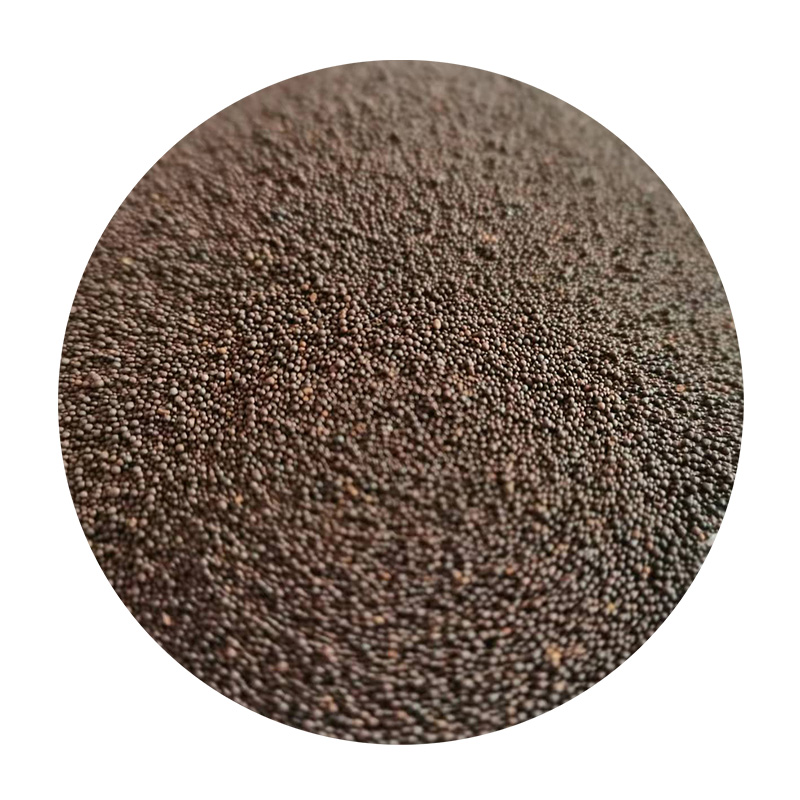Can You Sand Resin? A Comprehensive Guide
Resin is a versatile material that has gained immense popularity in arts and crafts, jewelry making, and various DIY projects. Its clear finish and ability to capture color and inclusions make it an attractive choice for many creatives. However, as with any material, working with resin requires a certain level of skill, especially when it comes to finishing touches. One common question among resin enthusiasts is, Can you sand resin? The answer is yes, but there are several key considerations to keep in mind for achieving optimal results.
Understanding Resin Types
Before diving into sanding techniques, it's essential to understand the types of resin available. The most common types are epoxy resin, polyurethane resin, and polyester resin. Epoxy is favored for its clarity and strength, making it popular among crafters. Polyurethane is known for its flexibility, while polyester resin is often used in more industrial applications. Each type of resin has different properties that can affect the sanding process.
When to Sand Resin
Sanding resin is typically done after the initial curing process. It’s crucial to wait until the resin has fully hardened, which can range from several hours to days, depending on the type and formulation used. The best time to sand is when the surface is no longer tacky and is solid enough to withstand abrasion without deforming.
Tools and Grit Selection
For sanding resin, specific tools and grit sizes are recommended. Start with coarse sandpaper, such as 80 to 120 grit, to remove any significant imperfections or uneven areas. Once the surface is relatively smooth, progress to medium grit (around 240 to 400) for finer finishing. Finally, use a fine grit sandpaper (600 to 1200) to achieve a polished look.
can you sand resin

Using a sanding block or a palm sander can help maintain even pressure and prevent the paper from clogging. Wet sanding, which involves using water with sandpaper, can also be beneficial. It minimizes dust and reduces the risk of scratching, leaving a smooth finish behind.
Techniques for Sanding
When sanding resin, it's crucial to use a light touch. Apply even pressure and sand in a circular motion or back-and-forth pattern to avoid creating flat spots. Concentrate on areas that require smoothing while being mindful of not over-sanding, which can lead to undesirable grooves or create heat that might affect the resin's integrity.
If your project involves intricate designs or small details, consider using precision tools, such as rotary tools or sanding attachments, to reach tighter spaces without sacrificing control.
Post-Sanding Care
After sanding, it’s vital to clean the surface thoroughly. Use a soft cloth or brush to remove any dust and debris left behind. Rubbing alcohol can help remove residue and prepare the surface for any subsequent finishing coats, such as resin, varnish, or polish. If you plan to apply additional layers of resin or finishes, ensure that the sanded surface is free from oils or contaminants to promote adhesion.
Final Thoughts
Sanding resin can enhance the final appearance of your projects, giving them a professional finish that showcases your hard work. By selecting the right tools, techniques, and care, you can successfully sand resin and achieve the desired results. Remember to take your time and experiment with different grits and methods—each piece you work on will offer valuable learning experiences that will refine your skills as a resin artist. So, gather your materials, and let your creativity flow—after all, your resin project deserves nothing less than your best effort!
Post time:dec . 29, 2024 21:42
Next:3D Printed Sanding Block for Perfect Finishes in DIY Projects
